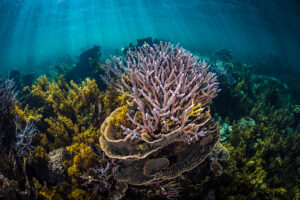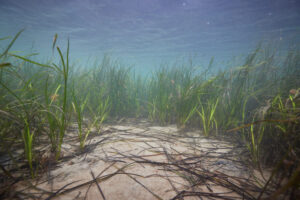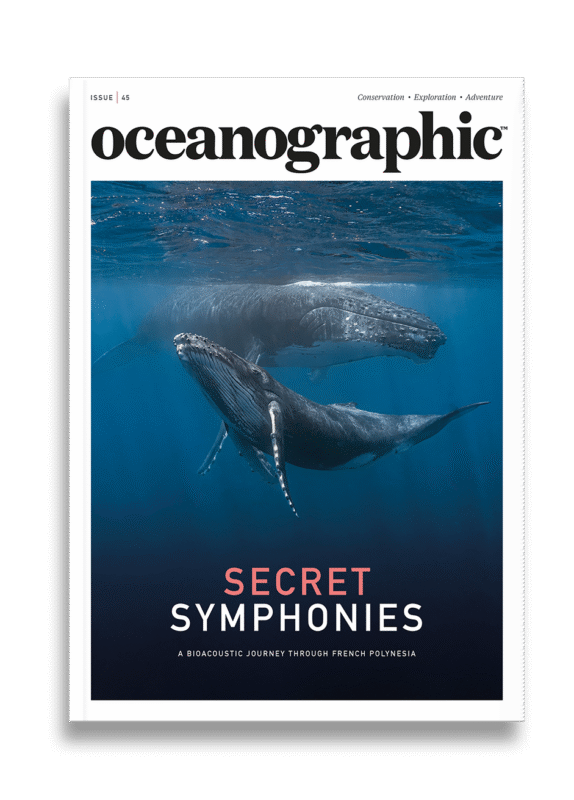Turtles, plovers, and eels at risk as Ontario’s wetlands face collapse
Conducted by the University of British Columbia in partnership with WWF-Canada, a new study has painted a stark picture - that of the 133 freshwater species now at risk, 130 could disappear from the region within the next 25 years.
The waters and wetlands of Southern Ontario’s Lake Simcoe-Rideau ecoregion – once alive with loons, turtles, and the shimmer of native fish – are facing a silent collapse. A new study published this week reveals that 98% of species currently in decline in the region could vanish by 2050 unless urgent conservation measures are taken.
Conducted by the University of British Columbia (UBC) in partnership with WWF-Canada, the research – now published in Ecological Solutions and Evidence – paints a stark picture: of the 133 species now at risk, 130 could disappear from the region within the next 25 years.
Among those at risk are freshwater and wetland species that define the area’s ecological identity – such as the Blanding’s turtle, the American eel, and the piping plover.
“These waters tell a story of both loss and potential recovery,” said Dr. Abbey Camaclang, a researcher at UBC’s Faculty of Forestry and lead author of the study. “If we continue with business as usual, we’ll lose 98% of the region’s threatened wildlife. But our findings also show a path forward – one that’s affordable and achievable.”
The study found that an annual investment of $113 million – the equivalent of about $7 per Ontarian – could reverse declines for three-quarters of these species. The strategies identified would protect habitats, manage invasive species, restore wetlands, and create wildlife-safe crossings to reconnect fragmented ecosystems.
At stake are species both iconic and overlooked: from the short-eared owl that hunts over coastal marshes and the black bear whose range extends into forested watersheds, to the American bumble bee that pollinates shoreline flora. Beneath the surface, mussels, amphibians, and aquatic plants – all of which are integral to filtering water and maintaining oxygen levels – stand on the brink.
“Healthy freshwater ecosystems are not only critical for species survival—they’re the foundation of human life here,” says James Snider, WWF-Canada’s Vice President of Science, Knowledge and Innovation. “When we lose species like the barn owl or the Eastern wolf, we also lose the ecological balance that keeps our lakes clean and our communities resilient.”

To identify where limited conservation funding could have the greatest effect, researchers used Priority Threat Management (PTM) – a decision-making tool pioneered by Dr. Tara Martin of UBC. PTM combines scientific analysis with local and Indigenous knowledge to determine which conservation actions deliver the most benefit for the least cost.
The eight high-impact strategies recommended include: Habitat protection and restoration of wetlands, forests, and shorelines; landowner stewardship to maintain biodiversity on private lands; wildlife-safe crossings to reconnect fragmented habitats; invasive species management to protect native aquatic life; and policy and legislation to reinforce environmental protections.
According to the study, implementing these actions would not only safeguard biodiversity but also improve water quality, create green jobs, and store over 137 million tonnes of CO₂ equivalents, offsetting implementation costs over time.
The research lands at a critical moment for Ontario’s environmental policy. Conservation advocates warn that the province’s Endangered Species Act faces erosion, even as biodiversity indicators continue to decline. Without renewed investment, the loss of species like the piping plover – a delicate shorebird that relies on undisturbed coastal habitats – could become a symbol of systemic failure.
Dr. Martin has underscored that this is not just an ecological crisis, but an opportunity: “We’ve mapped a clear, cost-effective path to recovery. Protecting species at risk in the Lake Simcoe-Rideau ecoregion isn’t just about wildlife – it’s about safeguarding clean water, cultural values, and a liveable future for people.”
The findings are already being applied beyond Ontario. In New Brunswick’s Wolastoq (Saint John River) watershed, WWF-Canada has used PTM to restore more than 5,300 hectares of habitat and plant over 31,000 trees and native plants.
For Lake Simcoe-Rideau’s fragile ecosystems, time is running short. But with decisive action, researchers say, the region’s waters could once again teem with life.


"*" indicates required fields
Printed editions
Current issue
Back issues

Back Issues
Issue 43 Sir David Attenborough’s ‘Ocean’

Back Issues
Issue 41 Holdfast to the canopy
Enjoy so much more from Oceanographic Magazine by becoming a subscriber.
A range of subscription options are available.








